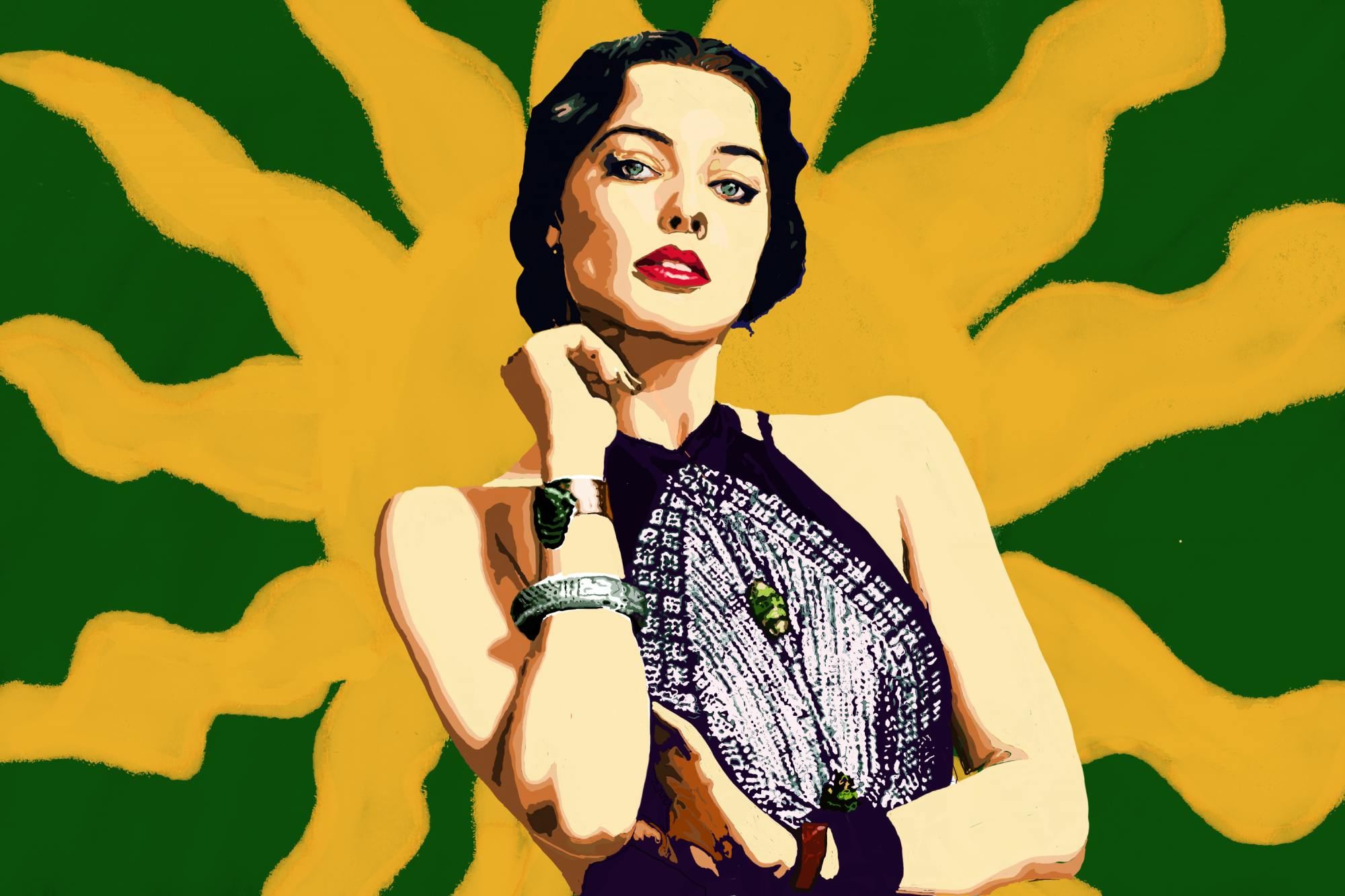David O. Russell’s latest film, “Amsterdam,” is — at its core — a historical comedy and conspiracy thriller that dives into the power of friendship and loyalty. Set primarily in 1930s New York against a backdrop of social and racial inequality, the film touches on issues of post-traumatic stress disorder, white supremacy and the rise of American fascism. Though the overarching theme is a comforting message of the value or relationships in uncertain times, this is lost due to the film’s poor pacing and timeline which is difficult to follow.
The film follows two friends and World War I veterans, Dr. Bert Berendsen (Christian Bale) and Harold Woodman (John David Washington), as they are reeled into a conspiracy theory surrounding the possible murder of Sen. Meekins. Berendsen and Woodman are hired to investigate his death by his daughter, Liz Meekins (Taylor Swift) — who is murdered soonafter — and are forced to flee the scene and prove their innocence. With two murder investigations underway, Berendsen and Woodman are reunited with their old friend Valerie (Margot Robbie), a former combat nurse who saved their lives when they were injured at war.
With a star-studded cast, including Christian Bale, Anya Taylor Joy, Rami Malek, Robert De Niro, Margot Robbie, Zoe Saldana, John David Washington and an enjoyable cameo appearance by Taylor Swift, the film is beautifully shot in a red-brown color palette and excels in its acting performances, set and costume designs.
Narrated from Berendsen’s perspective, the film is composed of disparate and incongruent fragments, as it is told from memory. It plays with a broken timeline that jumps back and forth between time and space, attempting to cover the protagonists’ past experiences. Russell’s use of this non-linear structure to provide historical context is at times jarring and fails to establish its characters as multi-dimensional and add another layer to its overarching plot.
However, the film includes unhurried flashbacks to the trio’s carefree time in Amsterdam — the place where Berendsen, Woodman and Valerie all met and spent a couple of months together, after the war, before parting ways. These moments set in Amsterdam are the most memorable in the film, as they highlight Russell’s message of love and camaraderie, particularly at a time plagued with hopelessness. These scenes overshadow the horrors of war and focus on the characters’ friendship, freedom and the fast-deepening romance between Woodman and Valerie. Throughout the course of the film, these characters are constantly in search of peace and happiness in the midst of war and conflict, and a resonant sense of belonging is found in these in-between moments together. Given the setting, the deep physical and psychological effects of war are addressed in a way that feels surface level.
The film also attempts to explore several themes and film genres, yet the friendship between Berendsen, Woodman and Valerie remains its most compelling element. Their group dynamic and individual character arc is a relief from the hectic mystery that unfolds on screen. While the film is filled with enjoyable moments of humorous slapstick comedy, the resolution to this long, extended mystery murder plot remains predictable and even uneventful — in part due to the fact that the film only hints at the culprits during the last scenes of the movie, causing the mystery to feel exhausting.
Although the film does follow the anticipated mystery structure — revealing the killer at the end of the movie — the mystery plot is not as straightforward and rather falls more under a thriller-mystery genre. The mystery unfolds with the initial murder of Sen. Meekins, yet, as the movie progresses, several antagonist characters and potential culprits are introduced to the story — allowing the audience to actively engage with the characters on screen and make their own predictions about who is responsible for this orchestrated murder. However, the pacing of the narrative stunts its action-driven plot. At times, it feels like the film should shift its focus to its real theme: the power of friendship. In attending to putting the puzzle pieces of this murder together, Russell missed the opportunity to unravel the group dynamics at play and dive into the growth of its characters.
Within its historical context, “Amsterdam” aptly tells a larger story that digs deeper than what is portrayed at first glance. On a positive note, the costume and production design of the film feel historically accurate and seamlessly transport audiences to the 1930s. The outfits are simple, vibrant and congruent to the warmtones of the different set locations. The visual aesthetics of the film, paired with A-list cast’s performance and unique storyline, elevates the film as a whole. The timeless message about love and friendship in the midst of uncertainty makes “Amsterdam” a film worth watching. However, the incongruent storytelling and mixing of genres too often distracts from the key takeaways of the film.
Rating: ★★★☆☆




